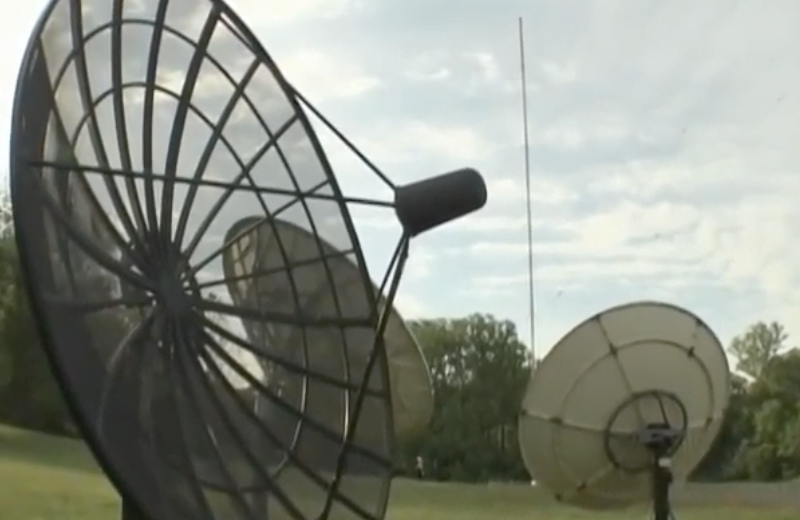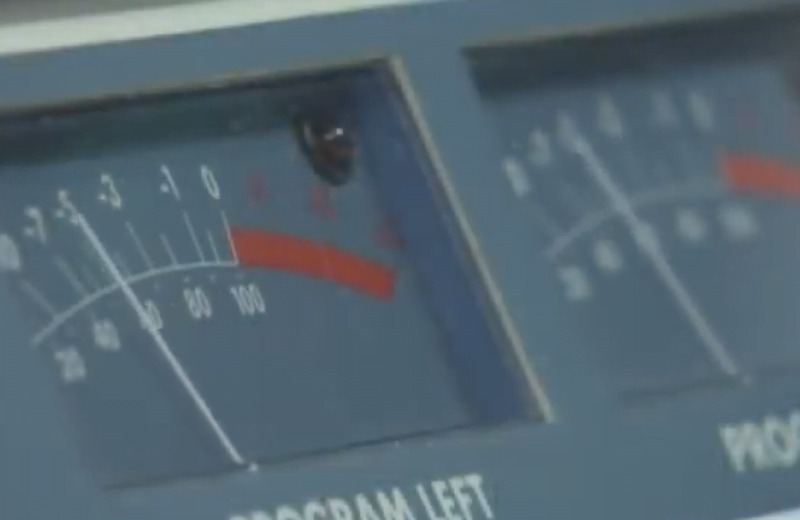Overt non-linear/ asymmetrical war waged by PRC against India in a tactical manner
Diphu August 10: The impacts of various modes of non-linear or asymmetrical war waged by the People’s Republic of China against India must be recognized, including radio broadcast methods.
They have ranged from release of balloons, water way and malicious weather modifications and of late, the tendency to saturate or to jamming the available broadcast frequencies from the Medium Wave to the High Frequency bands.
Radio Broadcast Saturation
This piece of writing focuses on the intensity of the aggression using the radio broadcast medium. This is very much covert and overt and apparently beamed with strong transmission power (up to 250 KW) to India’s geopolitically sensitive north east India.
Three broadcast transmitters are prominent, as samples were being taken using a Grundig receiver and software showed: Lhasa, Lhasa Baiding, Beijing, Miaonli.
The Lhasa transmitter is very strong and placed quite strategically, positioned near the Indian border.
It has a broadcasting power of 250 KiloWatts. It operates 24×7 throughout the year. It mostly devotes several frequencies to the Tibetan language broadcast; besides a host of frequencies can simultaneously broadcast from PBS, CRN and CNI.
The Chinese broadcast stations come up when they can disrupt another foreign station to worm into that frequency. The BBC and few other agencies got pissed off due to such aggressive overtures and closed their shops in South East Asia.
What they have not occupied so far is Radio Pipelines, Radio Myanmar, Laos radio and Radio Thailand along with few regional radio stations in Myanmar.

small radio broadcast antenna. video screenshot.
VOA Response
In retaliation, the Voice of America uses a variety of its Pashto, Urdu and other language services from Udon-Thani or from Al-seela. Indian retaliation is not visible though it could be impactful, when the propaganda material may be, in addition to Bengali and Hindi, disseminated even in tribal languages.
This arena has been very much sensitive since the fall of Tibet in early 1950’s. The AIR Guwahati was a hub from Tibetan programs, recorded ‘somewhere in India.’ These programs were unmanned and occupied a slot in the morning broadcasts in Guwahati -B of AIR.
This continued for a long time in the seventies and into eighties before snuffed out. Radio ‘Peking’ was found very offensive during the liberation of East Pakistan in 1971.
As informed sources point out, many low power transmitters on the other side of the McMahon line have come up….broadcasting Chinese language lessons.

radio meters. video screenshot




